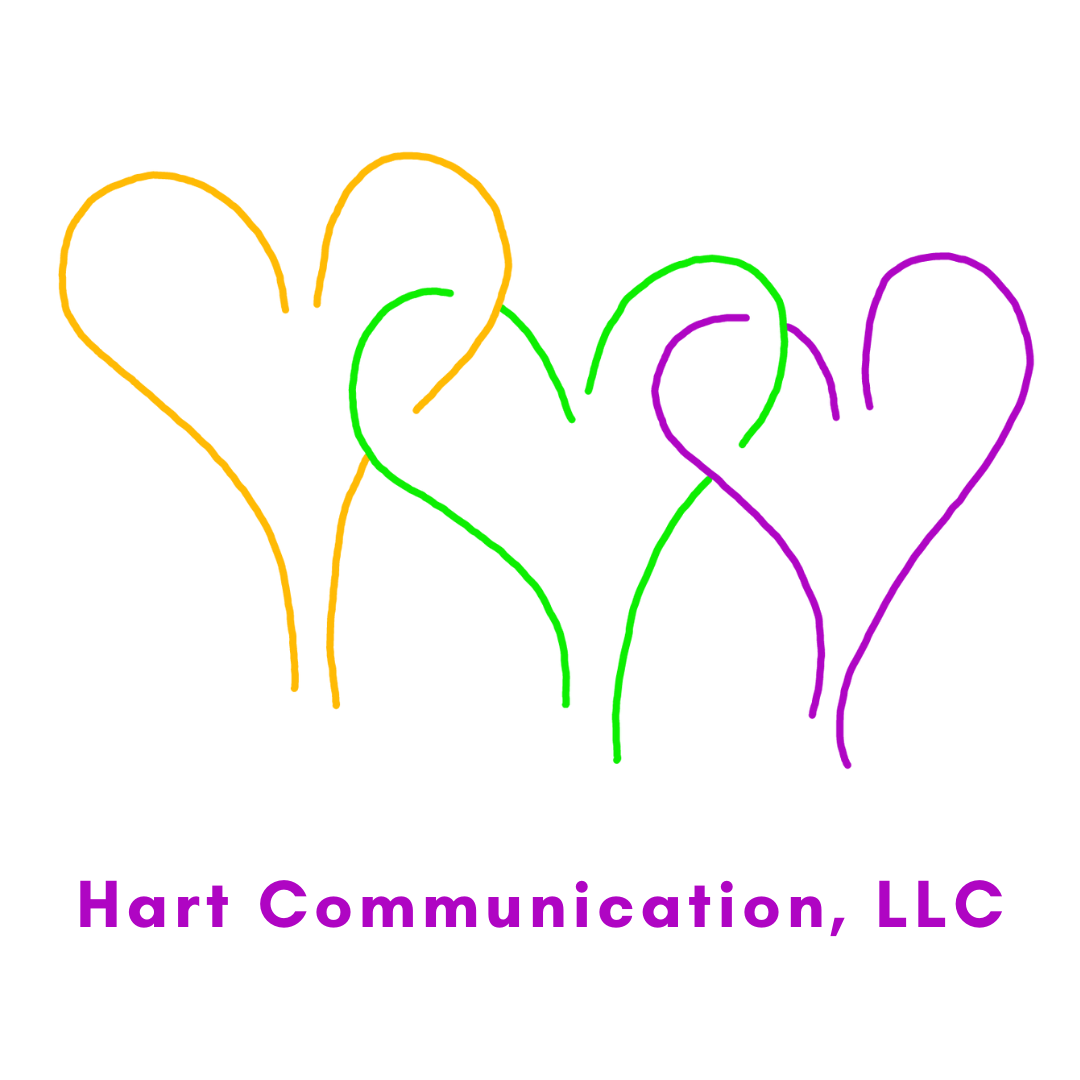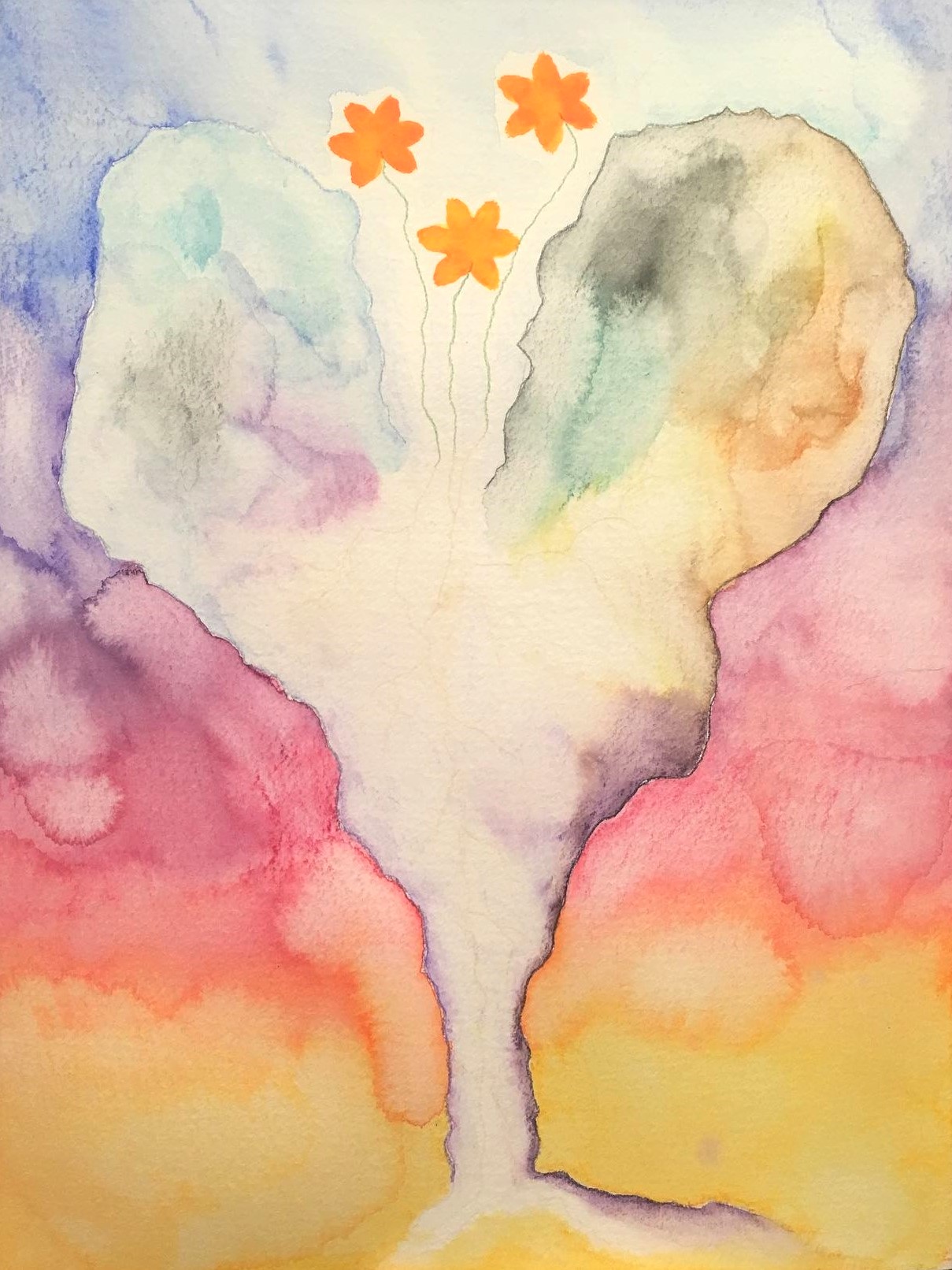What We Pay Attention To, an unfinished story
/A few days ago 72 Catholics, as a part of the Catholic Action for Immigrant Children Campaign. were arrested for nonviolent civil disobedience in the Russell Senate Office Building in Washington, D.C. I am proud to call some of them friends. Two days before their action, over a thousand progressive Jewish activists and allies blocked the entrances of the ICE headquarters in D.C.; dozens of them were also arrested. If I knew them, I’d be proud to call them friends, too. Both of these actions are parts of larger campaigns to support our immigrant brothers and sisters.
Earlier in the week in Greenville, S.C, the same place where people attending a Trump rally chanted “Send her back,” a restaurant owner pledged to give 100% of the restaurant’s sales to the American Immigration Council.
Responding to that chant which was directed at her, Rep. Ilhan Omar quoted Maya Angelou:
You may shoot me with your words,
You may cut me with your eyes,
You may kill me with your hatefulness,
But still, like air, I rise.
Yesterday at the Big Four Bridge, my favorite place in my city of Louisville, KY, hundreds gathered in 90+ degree heat to “reclaim the space” after racist graffiti was sprayed on the bridge a few days before. They were responding to a Tweet by local poet, truth teller, and leader Hannah Drake.
Weekly in cities and villages throughout Palestine, Palestinians, sometimes with Israelis and internationals, gather to speak out against the Israeli military occupation, speak to reclaim their space, reclaim, exclaim their dignity and right to be.
In Puerto Rico, in Hong Kong, in other places around the world, people are remembering their power and using it to speak out, to call for, to create change. Are we paying attention?
Empowering, creating change happens in public protests. It happens in quieter ways, too. It can happen as parents and grandparents listen and talk to their children and grandchildren about the world, relationships, ways we do and can relate to each other. It can happen as people choose to honor each other in the fullness and complexity of their divine humanness, not for what they produce, but simply because they are.
I’ve been reading adrienne maree brown’s Emergent Strategy. Throughout the book, she offers this reminder: What we pay attention to grows.*
Knowing the stories above, the sense of courage and inspiration grows. I was going to say my sense. And then I remembered, I am a part of Creation, of All-That-Is. And if I am part of Creation and my sense of courage and inspiration grows, then the sense of courage and inspiration grows.
This evening on Facebook, a friend posed the question: If you could build anything, what would it be? There were many beautiful answers to this question from a large music school to cheap inexhaustible energy sources to a better world to a plan to fix our mental health care system to more affordable housing and on and on. Most of the answers fill me with hope and engage my imagination. We can only build these things if we can dream them first.
What we pay attention to grows.
I love this idea.
I believe it.
I don’t always know how to practice it well.
How do I or we bring to light devastating realities in a way that grows the healing and not the hurt?
Truth-telling is important. Empowering. And yet so often, in seeking to lift up the dignity-humanity-divinity of a person or group facing dehumanizing forces, we truth tell in a way that demonizes and dehumanizes the perpetrators of harm, thus perpetuating harm, though directed differently.
I get it. I’ve done it many times and since that way of thinking and speaking is all around me, I imagine I’ll do it again, even as I try to break the habit of shaming and blaming, a practice I turn both outward and inward.
My nonviolence and nonviolent communication training compels me then to ask this question:
How do I or we address these issues, these patterns of systemic harm in a way that honors the humanity of both perpetrator and victim, actor and receiver of harm?
Those actively doing harm, while perhaps not suffering in the way they are hurting others, are also suffering. They are not well, even if they are well-resourced.
Because when we are well, well at that deepest place within us,
well so that our divine-stardust-interconnected nature shines,
we don’t hurt other people. Not intentionally.
Or if we do,
in humility,
from that place of knowing that we can be both divine and imperfect all at once,
we find ways to try to make amends, to bring healing to the places of fracture.
When I lead Nonviolent Communication training, I often quote Rumi:
Out beyond ideas of wrongdoing and rightdoing,
there is a field. I’ll meet you there.
When the soul lies down in that grass,
the world is too full to talk about.
Ideas, language, even the phrase each other
doesn’t make any sense.
Where even the phrase each other doesn’t make any sense, I know that I cannot be fully healed until we all are fully healed. Until we’re all in that field.
The healing field.
The healed field.
If I wish harm to someone who’s hurt me or my friends or family or someone I don’t even know, I also suffer. I’m not in the healed field. Because that someone is a part of the Interconnected. And I am part of the Interconnected.
What we pay attention to grows. I do not want to pay attention to and grow the harm in the Interconnected.
I want to lie down in that field.
I want to pay attention to the potential for healing, to the ways of imagination that know and acknowledge the harm, that reveal it, but don’t get stuck in it.
Yesterday at a retreat for a board I’m on, someone reminded us several times that we can’t do everything, but we can do something.
When we do something, we get unstuck.
Tonight my something is to write, first for myself, to process input in an attempt to create comprehensible output.
Then I share this with you, because maybe you didn’t know the stories I started with, or maybe you don’t know the work of adrienne maree brown, or maybe you’d forgotten that even though you can’t do everything, you can do something.
You can do something that grows your vision of what you want the world to look like. Even one small thing makes a difference.
And then maybe when you remember you can do something, that one small thing, you’ll do it.
And maybe someone else will notice.
And maybe they’ll remember their power, too, and they’ll do something.
And maybe someone else will notice and do something
and someone else and do
and someone
and
*She also writes a zillion other beautiful, simple, challenging things. If you haven’t read her work, check it out!




